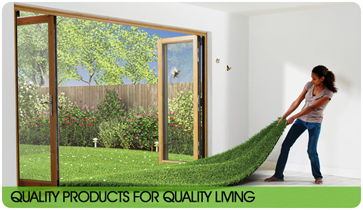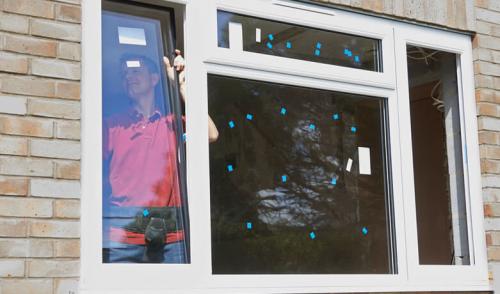
When choosing new windows, it’s essential to consider the material. Modern manufacturers offer options such as aluminium, timber, and uPVC. Aluminium and timber can even be combined to create functional designs. However, with so many options, selecting the best material can be challenging. Below is an overview of each material to help you make an informed choice.
Aluminium Windows
Aluminium works well for large glazed areas, including shop windows, entrance halls, and office partitions. Typically, the glass sections are double or triple glazed, though semi-transparent or opaque materials are also options. Aluminium profiles are categorized as either “warm” or “cold.” Because aluminium conducts heat, outdoor glazing generally requires “warm” aluminium, which includes a thermal insulating insert between the profile’s inner and outer sections. This setup is effective in offices and administrative buildings. On the other hand, “cold” aluminium suits indoor applications like office partitions. All aluminium constructions are known for their durability, reliability, and resistance to environmental impacts.
uPVC Windows
uPVC windows are highly popular for residential spaces, including apartments, cottages, and homes. Similar to “warm” aluminium, uPVC profiles offer excellent heat insulation, making them suitable for residential and office spaces. However, uPVC has some limitations in terms of the size of the glazed area. While aluminium is rarely used in residential spaces due to its high cost, uPVC’s affordability makes it a popular choice among homeowners.
When produced using high-quality materials and modern technology, uPVC windows are durable and can withstand environmental factors, providing reliable long-term performance.
Wooden Windows
Wooden windows are often selected for apartments and countryside homes. Their higher cost, compared to uPVC and aluminium, is due to the extensive processing raw wood requires. Production includes applying protective coatings to guard against insects and environmental impacts. Although more expensive, wooden windows offer unique aesthetics and durability that make them worth the investment.
Common Myths and Misconceptions About Windows
Inexperienced buyers can sometimes fall prey to misleading advertising. Here, we debunk a few common myths about windows:
Myth 1: Windows Do Not Let Cold Air Inside
It’s a common misconception that windows completely prevent heat loss. In fact, any window loses more heat than a wall. Modern windows, however, retain far more heat than old wooden ones. Condensation inside uPVC windows is a natural result of humidity, especially in airtight rooms. Regularly airing out rooms can help manage condensation.
Myth 2: Windows Suppress All Street Noises
Not all windows offer the same level of sound insulation. For example, while triple-glazed windows with different glass thicknesses (e.g., 4mm + 6mm + 4mm) can reduce noise from highways, low-frequency sounds may still be audible. Dividing large windows into smaller sections and using air conditioning can help create a quieter environment without compromising ventilation.
Myth 3: There is a Vacuum Inside the Glass Unit
The term “vacuum glass unit” is a misconception. uPVC windows contain gas, not a vacuum, between the glass panes. This gas-filled space is set at reduced pressure to help bond the frames securely, but it’s not a true vacuum.
Myth 4: Thicker Triple-Glazed Windows are Always Better
Thermal efficiency involves several heat exchange types, including radiation and convection. The spacing in double glazing is carefully calibrated to optimize insulation. Although triple glazing works well in Melbourne’s climate, especially with energy-saving coatings, thicker glass units do not always result in better insulation.
Myth 5: uPVC Window Prices Are Unreasonably High
Quality products come at a reasonable price. uPVC windows offer advanced insulation and durability compared to outdated wooden models, and prices are relatively consistent across Australia. Be cautious of unusually low prices. For the best results, measure your windows, consider the design, and request a professional quote that includes all costs, such as delivery and installation.
Myth 6: Thicker Profiles and More Chambers Are Better
A three-chamber profile with two or three seals and a triple-glazed unit is the optimal setup for insulation. Profiles with additional chambers don’t necessarily improve insulation. Trusted manufacturers stick to this standard design because it provides effective insulation without unnecessary complexity.
Myth 7: uPVC is Environmentally Unsafe
Concerns about uPVC’s environmental impact are often outdated. While lead was once used as a stabilizer, modern uPVC windows are made with eco-friendly stabilizers that are both safe and efficient. Quality uPVC windows do not emit chlorine and are non-combustible, which can even slow fire spread if the glass breaks. For additional protection, high-temperature-resistant glazing options are also available.
With these insights, you can make a more informed choice when selecting your windows. uPVC windows offer a cost-effective, durable, and energy-efficient solution, well-suited for Melbourne’s climate and diverse building types. Contact us today to explore our selection and find the best windows for your needs.
